1951 Pro Football Hall of Fame Revisited Project Class.
Here we are! Again!!
If you have been following our Pro Football Hall of Fame Revisited Project, you know that we have asked the rhetorical question…what if the PFHOF began in January of 1946?
After soliciting and obtaining a passionate group of football fans and historians, we sent out a ballot for a Preliminary Vote, which we asked each voter to give us 25 names as their semi-finalists, and 5 in the Senior Pool. Following that, we asked the group to vote for their 15 Finalists in the Modern Era, and 3 in the Senior Category. The final stage was to vote for their five Modern Era inductee, one Senior inductee and one Coaches/Contributor inductee.
This is the result of the sixth official class;
Below, are the final results of this project based on 30 votes:
This is for the “Modern Era”
*Bold indicates they have been elected to the Pro Football Hall of Fame Revisited Class of 1951:
|
Player |
Year of Eligibility |
Vote Total |
|
Don Hutson E-DB-DE |
1 |
28 |
|
Mel Hein C-LB |
1 |
23 |
|
Bill Hewitt E-DE |
3 |
15 |
|
Walt Kiesling G-T |
8 |
14 |
|
Ray Flaherty E-DE |
11 |
11 |
|
Dutch Sternaman HB-QB-FB |
19 |
12 |
|
Ox Emerson G-C |
8 |
11 |
|
Arnie Herber TB-HB-DB-QB-BB |
1 |
9 |
|
Tuffy Leemans FB-TB-DB-QB |
3 |
7 |
|
George Musso G-T |
2 |
6 |
|
Swede Youngstrom G-T-E-C |
19 |
5 |
|
Jimmy Conzelman HB-TB-BB-E |
17 |
4 |
|
Turk Edwards T |
6 |
3 |
|
Red Badgro E-DE |
10 |
2 |
|
Beattie Feathers HB-WB |
6 |
2 |
|
Cecil Isbel TB-HB |
4 |
1 |
This is for the “Senior Era”
As none of the Senior Candidates obtained 50 percent of the vote, no Senior Candidate was chosen. This is the second year where this rule was instituted. Please note that voters could also opt out of this vote, as per the request of members of the voting body.
|
Blondy Wallace |
6 |
10 |
|
Cub Buck |
1 |
7 |
|
Hunk Anderson |
1 |
6 |
This is for the Coaches/Contributors
*Bold indicates they have been elected to the Pro Football Hall of Fame Revisited Class of 1951:
|
Joseph Carr |
2 |
15 |
|
Ralph Hay |
2 |
11 |
|
Jimmy Conzelman |
2 |
4 |
About the 1951 Inductees:
Don Hutson E-DB-DE, GNB 1935-45: Inducted in 1951 on his 1st Ballot. Was inducted into the actual Pro Football Hall of Fame in 1963.
An All-American and NCAA Champion at Alabama, Don Hutson became Football’s first “Super End”. Hutson was arguably the game’s first real Receiver, originating passing routes and combining his unique skills and athleticism to become a legend. Hutson led the league in Receptions and Receiving Touchdowns eight times, Receiving Yards seven times was a three-time NFL Champion with Green Bay, and was an eight-time First Team All-Pro. He would also be named the league MVP twice. When he retired, he was 200 higher than anyone else in Receptions. As this was the 60-minute era, Hutson played on defense where he recorded 30 Interceptions, making one of the better Defensive Backs of his era. How could he not enter on the first ballot?
Mel Hein C-LB, NYG 1931-45: Inducted in 1951 on his 1st Ballot. Was inducted into the actual Pro Football Hall of Fame in 1963.
Mel Hein was one of the first great players from Washington State, and it was the New York Giants who were able to sign him in 1931. This was the team he stayed with for his entire career, which ended in 1945. Hein led the New York Giants to two NFL Championships, and the two-way player (Center and Linebacker) never missed a game. Hein was an All-Pro in eight consecutive years and was named the league MVP in 1938, and he joins Hutson as a first ballot inductee.
Bill Hewitt E-DE, CHI 1932-36, PHI 1937-49 & 1943: Inducted in 1951 on his 3rd Ballot. Was inducted into the actual Pro Football Hall of Fame in 1981.
Bill Hewitt might have been best known for his refusal to wear a helmet, a stance he held until it was league-mandated, but this tough-as-nails player was a dominant two-way end and one of the top football players of the 1930s.
Hewitt played for the Chicago Bears from 1932 to 1936, propelling them to two NFL Championships. A very good player on offense (he led the NFL in Touchdown Receptions in 1935), he was positively devastating on defense. Known as the “Offside Kid” for his penchant for jumping the snap, Hewitt has blistering speed for his day and was often the best defensive player on the field.
He finished his career with the Philadelphia Eagles, playing until 1939, save for a brief comeback when the team was shorthanded in 1943 due to World War II.
Walt Kiesling G-T, DUL 1926-37, POT 1928, CRD 1929-33, 1934 CHI, GNB 1935-36. PIT 1937-38: Inducted in 1951 on his 6th Ballot (technically his 8th year of eligibility). Was inducted into the actual Pro Football Hall of Fame in 1966.
A large man for his time, Walt Kiesling was one of the top linemen of the 1920s, doing the grunt work that opened holes on offense and closed them on defense. Kiesling played for multiple teams, most notably for the Chicago Bears in 1934, who were undefeated, and the 1936 NFL Championship Green Bay Packers.
Ray Flaherty E, NYY 1937-38, NYG 1927-35: Inducted in 1951 on his 6th Ballot (technically his 11th year of eligibility). Was inducted into the actual Pro Football Hall of Fame in 1976 as a Coach.
A seven-year veteran player at End for New York (both the Yankees and Giants), Flaherty signed on with the Boston Redskins as their Head Coach in 1936. The team relocated to Washington the following year, and the Redskins won the NFL Championship, and did so again in 1942. An innovator of offense, Flaherty is credited with inventing the screen pass among other schemes. Despite that coaching prowess, he enters the Pro Football Hall of Fame Revisited Project as a player, where he was a three-time First Team All-Pro, won a Receiving Title and an NFL Championship.
Joe Carr: Inducted in 1951 on the 2nd Coaches/Contributor Ballot. Was inducted into the actual Pro Football Hall of Fame in 1963.
Joe Carr is responsible for much of the structure that exists in the National Football League, and he did it simply by learning and executing what worked in Major League Baseball. A newspaper man from Columbus, Carr revived the Columbus Panhandles Football Team in 1907. The Panhandles would be a charter member of the NFL, and Carr, due to his vision, became the league’s first President; a position he held until his death in 1939. Carr brought structure to the NFL, organizing how college players could migrate to the NFL, and his no-nonsense approach might have been a hardline one, but without it, the existence of the league could have been in doubt.
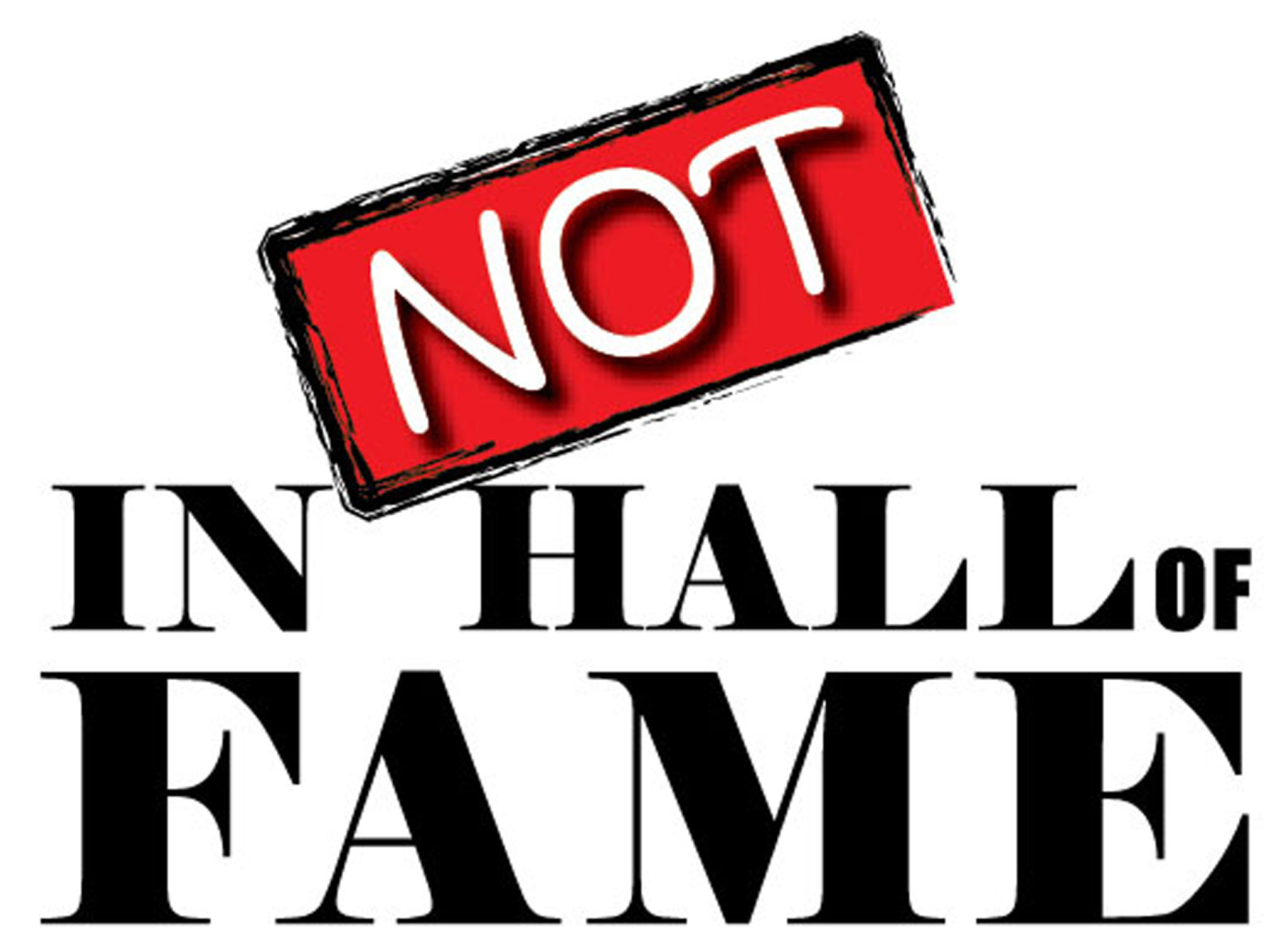


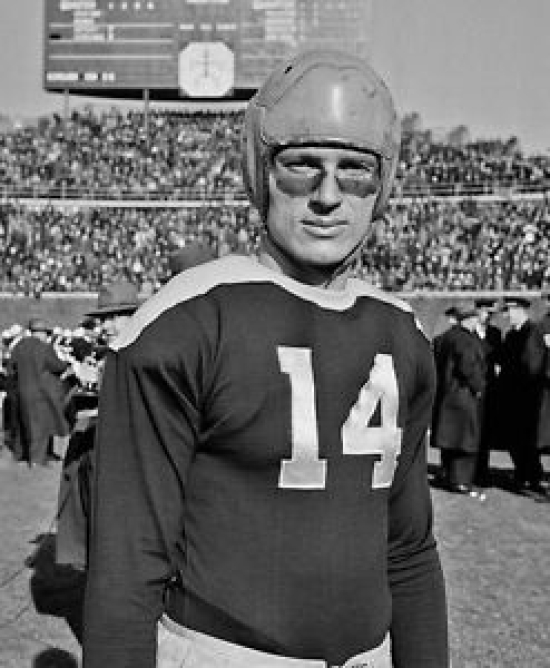

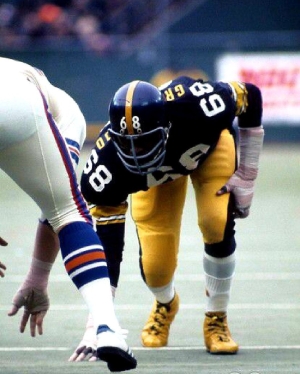
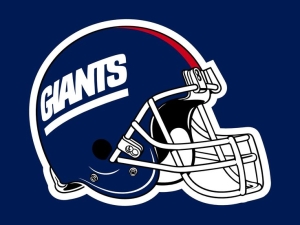
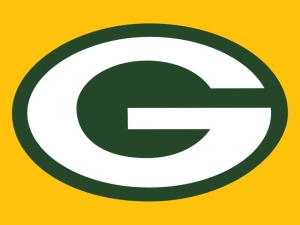
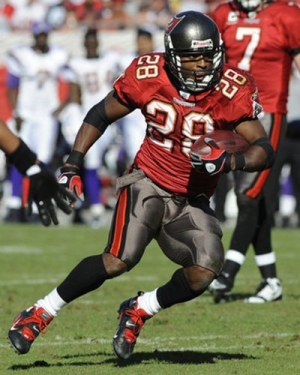

Comments powered by CComment